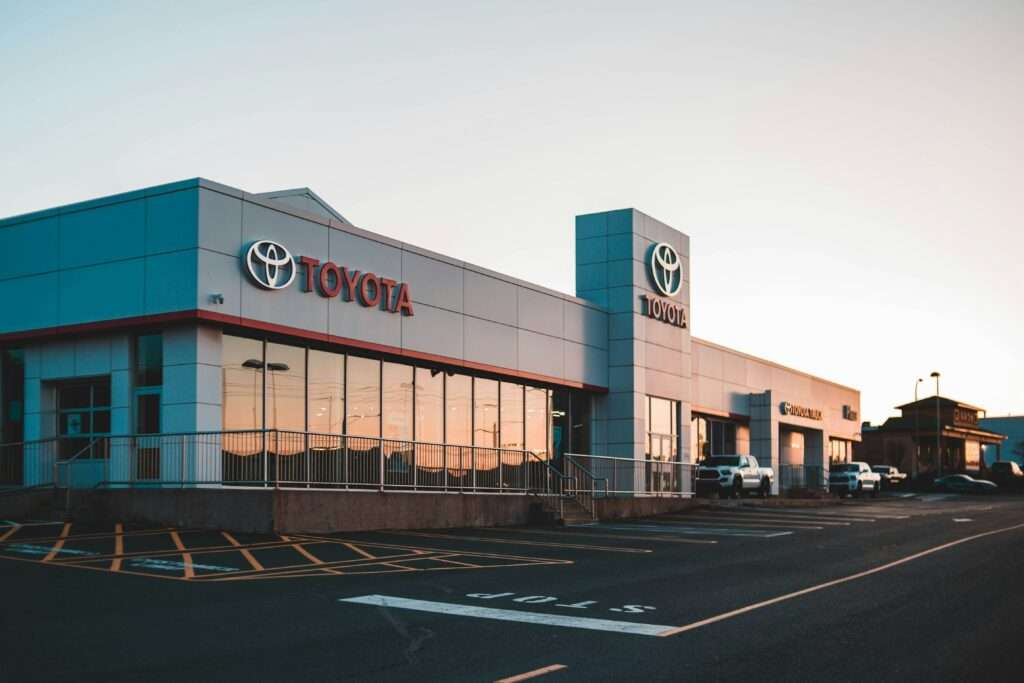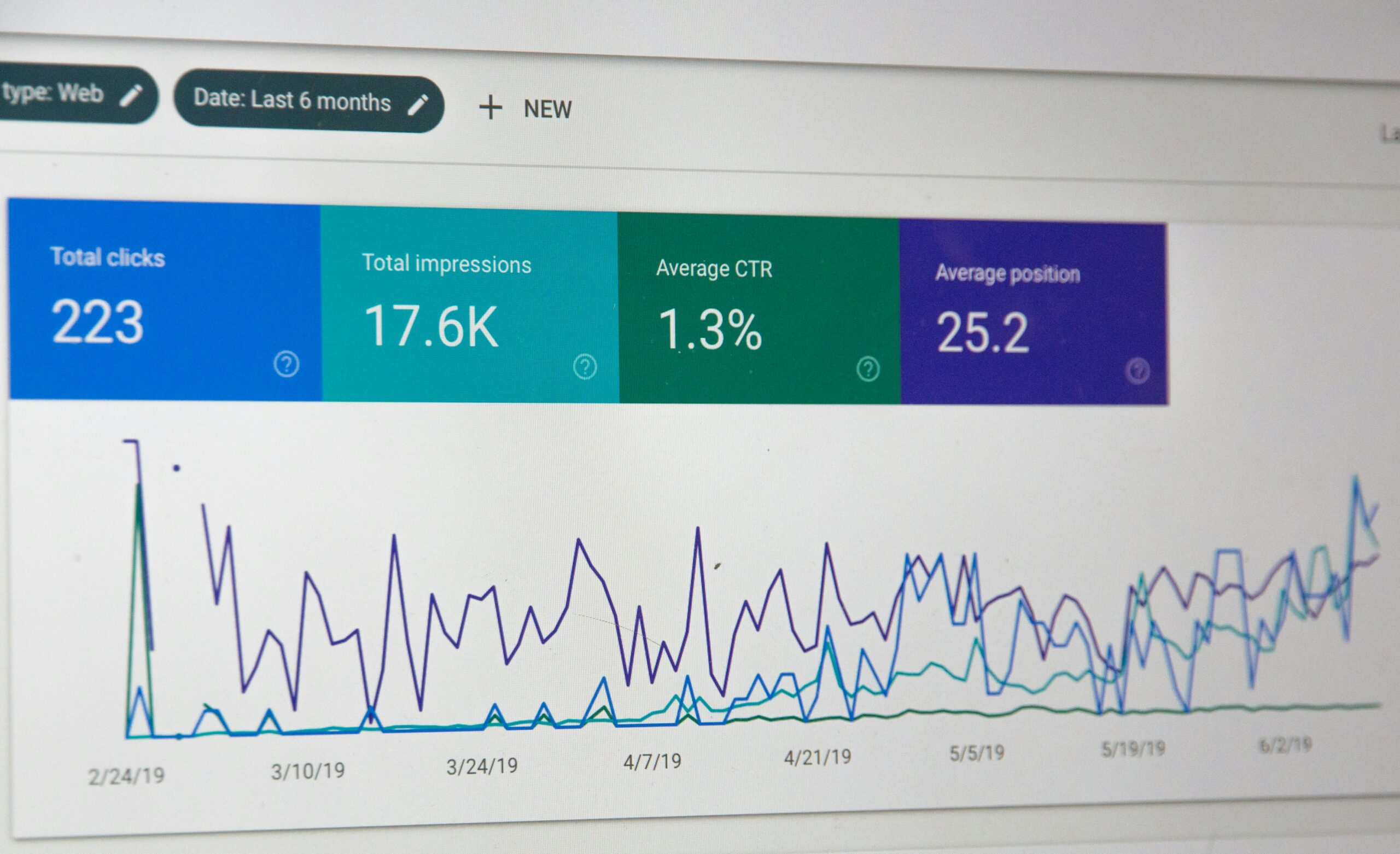The automotive market is hypercompetitive, so standing out in your local community is essential. With increasing reliance on digital searches, local SEO for car dealerships has become a key strategy for reaching potential customers at the right time and place.
Below, we’ll explore why local SEO is crucial for car dealerships, how to implement effective strategies, and even answer questions like “how much does local SEO cost for a car dealership?”
Whether you’re a large dealership or a small, independent car lot, optimizing your online presence for local searches can increase foot traffic, conversion rates, and sales.
Understanding Local SEO and Its Importance
What Is Local SEO?
Local SEO is optimizing your website and online presence to attract more business from relevant local searches. For car dealerships, this means ensuring that when potential customers search for terms like “car dealership near me” or “used car lot near me,” your business appears at the top of the results. It also helps your company rank near or at the top of the valuable Google Map Pack — the top three searches on the Google Map feature on the search engine results page
Local SEO involves optimizing your site’s content, structure, and online listings so search engines can easily identify your geographical relevance and provide accurate information to users.
Why Local SEO Matters for Car Dealerships
Local SEO matters for car dealerships for several reasons:
- Increased Visibility: With most consumers using search engines to find local businesses, a strong local SEO strategy ensures your dealership is visible when potential customers search for cars nearby.
- Targeted Traffic: When someone searches for a nearby car dealership, they are likely ready to make a purchase or inquire further. Local SEO helps drive high-intent traffic to your website.
- Competitive Edge: By focusing on local SEO, your dealership can stand out from competitors focusing only on national or generic keywords.
- Trust and Credibility: An optimized online presence with consistent business information and positive reviews can build trust among local consumers, leading to better customer engagement and loyalty.
Key Components of a Successful Local SEO Strategy
Google Business Profile Optimization
One of the first steps in any local SEO strategy is optimizing your Google Business Profile (GMB), formerly Google My Business (GMB). listing. A well-maintained GBP can significantly boost your local visibility. Some key optimization steps include:
- Ensuring your business name, address, phone number (NAP), and business hours are accurate on GBP and across all online listings (Facebook, Instagram, Yelp, etc.).
- Adding all relevant categories to your GBP (auto sales, service, etc.)
- Ensuring the location pin is accurate on your GBP.
- Cultivating positive reviews and responding uniquely to all positive and negative reviews.
Some other ways to optimize your GBP that will not impact rankings but will help with user experience and indirectly impact rankings include:
- Adding high-quality images of your dealership, inside and out.
- Adding products and services.
- Adding an appointment link.
- Writing several updates or posts monthly about local specials and other important details.
- Writing an engaging description that explains what you offer and why customers should choose you over the competition.
Local Keyword Research and Content Optimization
Local SEO for car dealerships also includes targeting the right keywords. This includes long-tail phrases like “full-size pickup truck in Chicago with a V8” and “Chicago car dealership offering 0% APR financing,” along with generic medium- and short-tail keywords like “car dealership Chicago.”
You want to plan a content strategy around these keywords and integrate the keyword naturally into the copy across your website, including blog posts, service pages, and title tags, and more.
When done correctly, this approach helps search engines understand your area of expertise, what you offer customers and your geographical focus.
Content Ideas:
- Inventory Updates: Regular posts about new arrivals, special offers, or seasonal promotions.
- Customer Testimonials: Real stories and reviews from local customers can boost trust.
- Local Guides: Create posts that detail local driving tips, regional events, or community activities, linking your dealership to the local lifestyle.
Local Citations and Directory Listings
Local citations refer to online mentions of your dealership’s name, address, and phone number (NAP) on various directories and websites. Your local SEO is enhanced by listing on sites like Yelp, Bing Places, and automotive-specific directories. Consistency is key. Ensure all citations across the web have the same up-to-date information.
Mobile Optimization
Many car shoppers use mobile devices to search for local dealerships. In fact, so many users rely on mobile searches that Google actually uses a mobile-first ranking algorithm.
A mobile-friendly website is critical for user experience and local SEO rankings. Optimize your site for mobile users by using responsive design, fast-loading pages, and clear navigation to ensure visitors can easily find the information they need.
Local Link Building
Building local backlinks is another important aspect of local SEO. Collaborate with local businesses, community organizations, or automotive blogs to earn links back to your site. These high-quality links signal to search engines that your dealership is a trusted local authority and can significantly boost your local rankings.
The Role of Reviews in Local SEO
Customer reviews play a significant role in local SEO. Positive reviews enhance your credibility, but they also have a significant influence on your local search rankings.
Encourage satisfied customers to leave reviews on your Google Business Profile, Yelp, and other relevant review platforms. Respond to reviews—both positive and negative—in a professional manner. This engagement demonstrates that your dealership values customer feedback and is committed to continuous improvement.
Also, make leaving a review very simple for customers. Perhaps while they wait on the vehicle’s delivery, hand them a tablet to write a great review.
And, most importantly, actively read a scenario. If a customer appears dissatisfied in the dealership, address them and find out what you can do to restore their faith in you. At worst, you may prevent a bad review. At best, you may restore their faith in your dealer, make a sale, and get a great review.
How Much Does Local SEO Cost for a Car Dealership?
A common question among car dealership owners is, “how much does local SEO cost for a car dealership?” The answer can vary widely depending on several factors:
- Scope of Services: Basic local SEO services, such as GMB optimization and directory listings, might cost less than a comprehensive strategy that includes content creation, link building, and continuous monitoring.
- Size of the Dealership: Larger dealerships with multiple locations require more extensive services, increasing the overall cost.
Typically, you should invest anywhere from a few hundred to several thousand dollars per month. Considering this as an investment in increasing local visibility and driving high-quality traffic to your dealership is essential.
At OptiPro SEO, we believe in transparent pricing. You can review our main SEO service price list to get a feel for the various options. But remember we can also build a custom package just for you and your budget.
Real-Life Success Stories: How Local SEO Transforms Car Dealerships
Case Study 1: A Small Local Dealership’s Turnaround
A small dealership in a competitive suburban market struggled to attract customers from neighboring areas. By focusing on local SEO strategies—optimizing their Google My Business profile, engaging in local community events, and consistently updating their website with localized content—they saw a dramatic improvement in their online visibility.
Traffic to their site increased by over 40%, and foot traffic to the showroom improved significantly. This success story underscores how local SEO for car dealerships can directly impact sales and brand reputation.
Case Study 2: A Multi-Location Dealership’s Local SEO Strategy
A large dealership chain with several locations realized that each dealership was competing not just with each other but also with other local competitors. They adopted a tailored local SEO strategy for each location, including separate GMB listings, localized content, and individual local citations. This approach allowed each dealership to rank for specific regional keywords, resulting in a 30% increase in local inquiries and a boost in overall sales.
Best Practices for Ongoing Local SEO Success
Regular Audits and Updates
Local SEO is not a one-time effort—it requires ongoing attention. Regularly audit your website and online listings to ensure that all information is accurate and up to date. Check for duplicate listings or outdated information, and update your content frequently to reflect seasonal promotions, new inventory, or changes in contact information.
Engage with Your Community
Building a strong local brand involves more than just online optimization. Engage with your local community through events, sponsorships, or partnerships with local businesses. Share these initiatives on your website and social media platforms to connect your dealership with the local area.
Monitor Your Performance
Use analytics tools like Google Analytics and Google Search Console to monitor your local SEO performance. Track metrics like local search rankings, website traffic, and conversion rates. This data will help you refine your strategy over time and ensure your efforts pay off.
Stay Updated on SEO Trends
SEO is an ever-evolving field. What works today might not be as effective tomorrow. Stay informed about local SEO trends, algorithm updates, and best practices. Regular training or consultation with SEO professionals can help your dealership remain competitive in the digital landscape.
The Future of Local SEO for Car Dealerships
As more consumers rely on mobile devices and voice search, the importance of local SEO will only grow. Emerging technologies like augmented reality (AR) and virtual showrooms may soon become part of the digital buying experience. Car dealerships that invest in local SEO today will be better positioned to adopt these innovations and provide a seamless customer experience in the future.
Moreover, personalization and hyper-local targeting are expected to play a larger role in search results. Car dealerships that understand their local market and tailor their digital presence accordingly will likely see even greater returns on their investment.
Let OptiPro SEO Handle All Your Local SEO Needs
Local SEO for car dealerships is more than just a digital marketing trend—it is a critical component of modern automotive sales strategies. By focusing on local SEO for car dealership websites, optimizing your online presence, and engaging with your community, you can significantly increase your dealership’s visibility and attract high-quality local traffic. While the question of “how much does local SEO cost for a car dealership?” varies, the investment is well worth the potential increase in leads and sales.
OptiPro SEO is ready to step in and help you with your local SEO so you can focus on what matters most to you: running your business. We offer tailored local SEO services to meet your needs and budget. Contact us today at 813-997-8459 or contact@optiproSEO.com for a consultation and custom quote.






 When you optimize Google My Business, you can help your dealership appear in the coveted “local 3-pack”. This is the block of three business listings that appear next to or below the map in Google search results.
When you optimize Google My Business, you can help your dealership appear in the coveted “local 3-pack”. This is the block of three business listings that appear next to or below the map in Google search results. Once you’ve claimed your business, Google will need to verify it. Many times, this will require Google sending a postcard to your business address with a verification code. Enter this code in your Google Business Profile to complete the verification process. In some cases, though, Google can verify via a phone call or other, more immediate, methods.
Once you’ve claimed your business, Google will need to verify it. Many times, this will require Google sending a postcard to your business address with a verification code. Enter this code in your Google Business Profile to complete the verification process. In some cases, though, Google can verify via a phone call or other, more immediate, methods. Optimizing your Google Business Profile can be a game-changer for your car dealership. However, some common mistakes that can hinder your progress. Avoiding these pitfalls can save you time and help you get the most out of your optimization efforts.
Optimizing your Google Business Profile can be a game-changer for your car dealership. However, some common mistakes that can hinder your progress. Avoiding these pitfalls can save you time and help you get the most out of your optimization efforts.















 For those new to SEO, targeting keywords with lower difficulty scores may offer a smoother entry point for gaining rankings. However, don’t avoid high-difficulty keywords all together. Many times these still offer useful information for your readers, and you you can still link to that article from other posts. Also you have alternative paths to drive readers to this content, including social media, readers sharing it, and content marketing.
For those new to SEO, targeting keywords with lower difficulty scores may offer a smoother entry point for gaining rankings. However, don’t avoid high-difficulty keywords all together. Many times these still offer useful information for your readers, and you you can still link to that article from other posts. Also you have alternative paths to drive readers to this content, including social media, readers sharing it, and content marketing.

 Typically, a meta description is 150-160 characters long. It’s important to note that search engines like Google sometimes use these descriptions to generate search result snippets. Therefore, a well-written meta description can make your webpage stand out in the search results.
Typically, a meta description is 150-160 characters long. It’s important to note that search engines like Google sometimes use these descriptions to generate search result snippets. Therefore, a well-written meta description can make your webpage stand out in the search results.